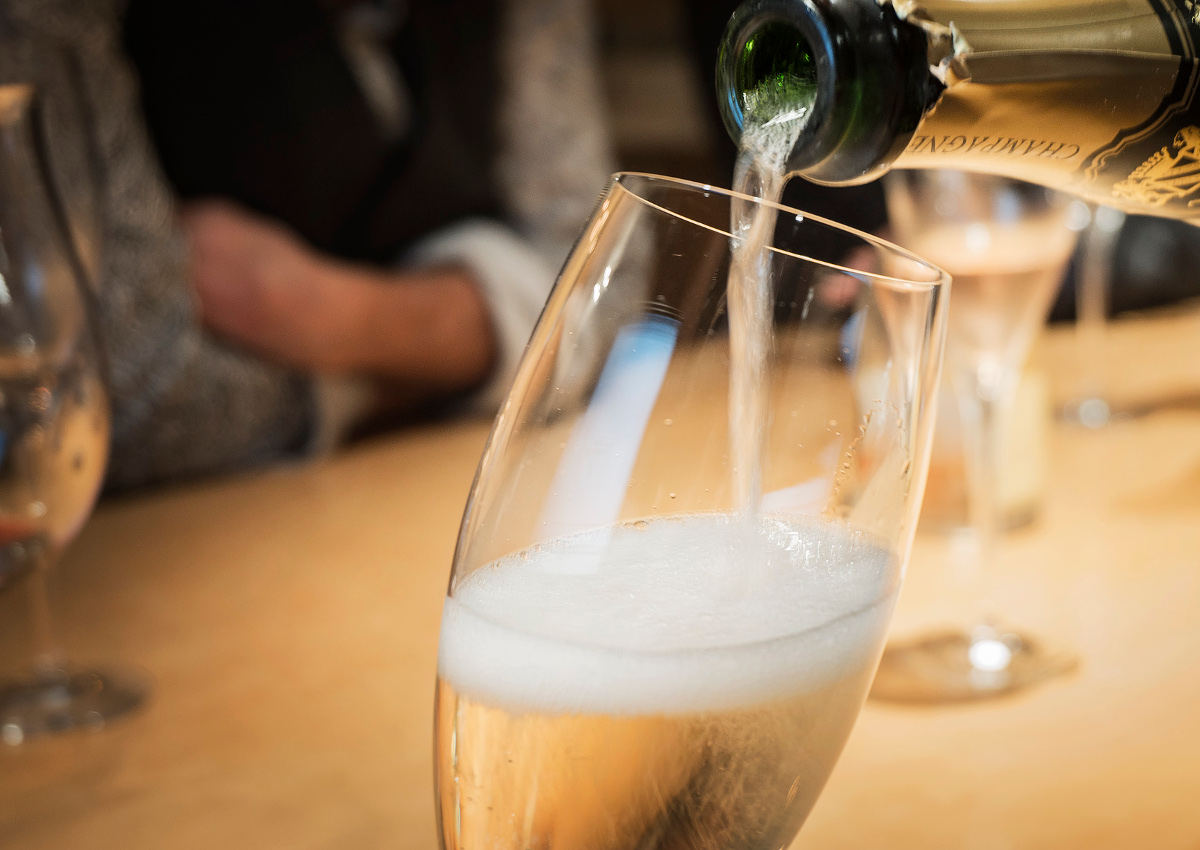
The first quarter of 2018 has been characterized by a growth in value (+4.5%) and a sharp drop in volume (-9%) for Made in Italy wine exports. This is shown by an Ismea (partner of the Italian Wine Observatory) elaboration on ISTAT data, which indicates the exceeding of 1.38 billion euro in turnover between January and March for a total of about 4.5 million hectolitres. The drop in exported volumes has been caused by a drop of -32.6% in sales of ordinary wines. Sparkling wines, on the other hand, continue to be the driving force in the sector, growing by +2.8% in volume and +14.6% in value. Bubbles are increasingly appreciated in the USA (+14.3% in volume and +18.6% in value), showing a sharp growth in Belgium (64.4% and 69.9%) and in Germany (+34.3% and +10.8%), while the Brexit effect is causing a decrease of -6.1% in volume and +2% in value in the UK. Reverse trends for PDOs and PGIs: the former grew by +12.2% in volume and +10.4% in value, while the latter fell by -12.8% in volume and -6.5% in value. Finally, there was a collapse of -30.6% in volume and a slight increase of +1.4% in value for bulk wines, due to the increase in prices that is characterizing the 2017/2018 vintage: an average +47%, with peaks of 70% for ordinary red wines.
Wine and technology: the presence of Italian wineries on social media is growing
Meanwhile, the presence of Italian wineries on social media is growing. This was confirmed by the 2018 edition of the FleishmanHillard – Omnicom Pr Group Italia research on the online presence of Italy’s leading wine producers in terms of turnover. The survey confirms the significant growth of Instagram’s centrality together with a Facebook’s followers boom (+2.9 million from 2014 to the present). Conversely, the frequency of updating on Twitter is falling. The overview also highlights how e-commerce is now outsourced by almost all companies, to the benefit of specialized sites and generalist ones with a specific section on wine and Made in Italy. English and German are the most used foreign languages, and the most important topics are typical Italian vines and sustainability.
